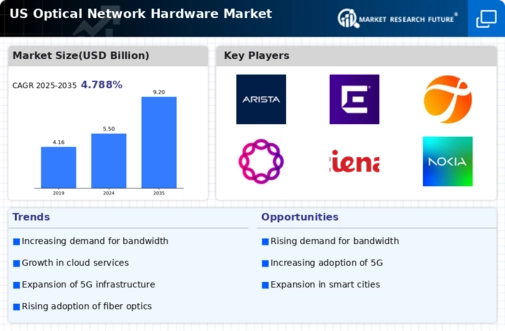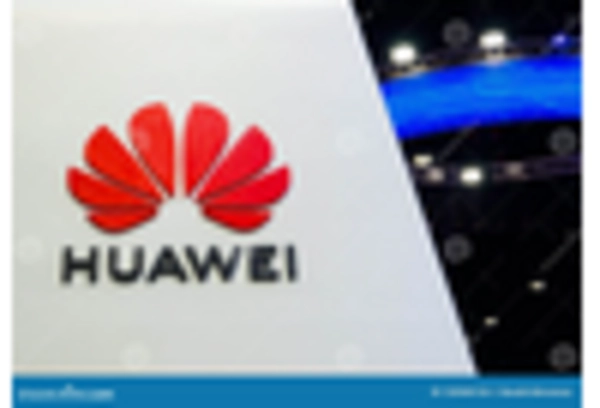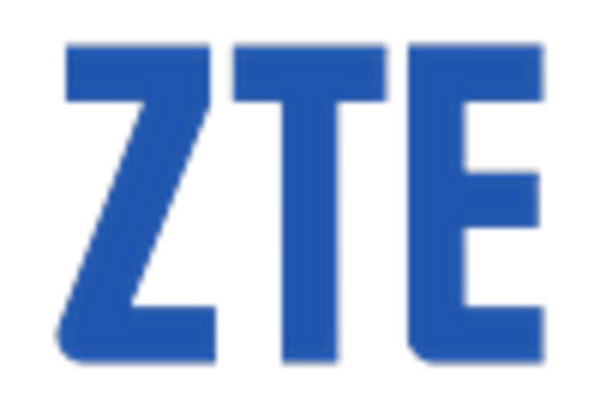The optical network-hardware market is currently characterized by intense competition and rapid technological advancements. Key growth drivers include the increasing demand for high-speed internet, the expansion of 5G networks, and the ongoing digital transformation across various sectors. Major players such as Cisco Systems (US), Ciena Corporation (US), and Nokia (FI) are strategically positioned to leverage these trends. Cisco Systems (US) focuses on innovation and partnerships, particularly in enhancing its software-defined networking capabilities. Ciena Corporation (US) emphasizes its commitment to optical networking solutions. Meanwhile, Nokia (FI) is actively pursuing regional expansion and collaborations to strengthen its market presence. Collectively, these strategies contribute to a dynamic competitive environment, where agility and technological prowess are paramount.
In terms of business tactics, companies are increasingly localizing manufacturing and optimizing supply chains to enhance operational efficiency. The market structure appears moderately fragmented, with several key players exerting considerable influence. This fragmentation allows for a diverse range of offerings, yet the collective strength of major companies shapes the competitive landscape significantly.
In October 2025, Ciena Corporation (US) announced a strategic partnership with a leading telecommunications provider to enhance its optical networking solutions. This collaboration aims to accelerate the deployment of next-generation networks, indicating Ciena's focus on innovation and responsiveness to market demands. Such partnerships are likely to bolster Ciena's competitive edge by expanding its service capabilities and market reach.
In September 2025, Cisco Systems (US) unveiled a new suite of optical networking products designed to support the growing demand for high-capacity data transmission. This launch reflects Cisco's commitment to maintaining its leadership position through continuous innovation. By addressing the evolving needs of customers, Cisco is poised to capture a larger share of the market, reinforcing its strategic focus on cutting-edge technology.
In August 2025, Nokia (FI) completed the acquisition of a regional optical networking firm, enhancing its portfolio and market presence. This acquisition aligns with Nokia's strategy to expand its capabilities in optical networking and strengthen its competitive position. By integrating new technologies and expertise, Nokia is likely to enhance its service offerings and respond more effectively to customer needs.
As of November 2025, current competitive trends in the optical network-hardware market include a strong emphasis on digitalization, sustainability, and the integration of artificial intelligence (AI) into networking solutions. Strategic alliances are increasingly shaping the landscape, enabling companies to pool resources and expertise. Looking ahead, competitive differentiation is expected to evolve, with a shift from price-based competition towards innovation, technological advancements, and supply chain reliability. Companies that can effectively navigate these trends are likely to emerge as leaders in the market.

















Leave a Comment